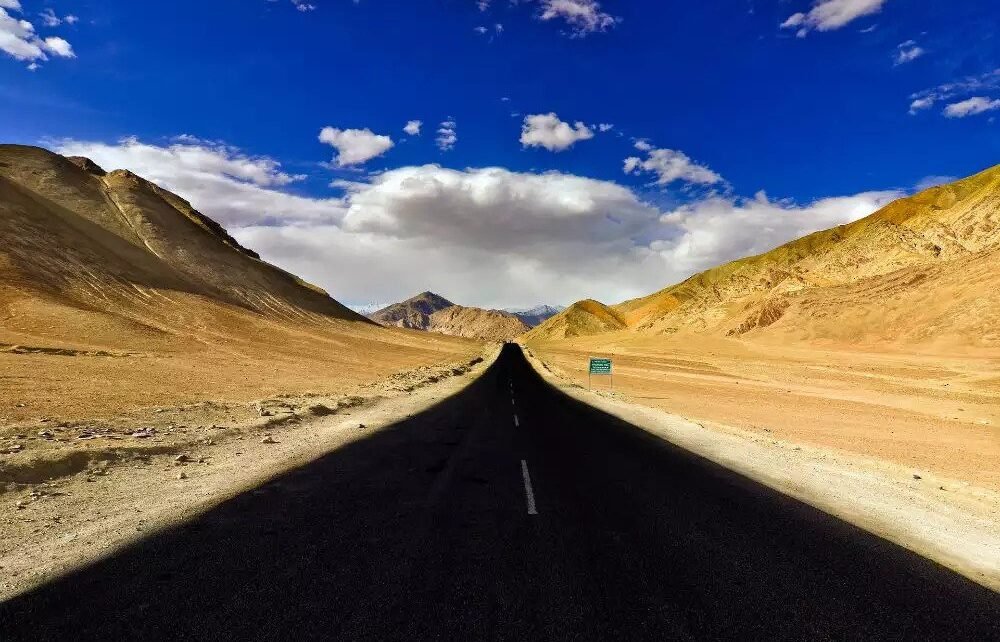By Netpal Travel Bureau
The administration of Ladakh has taken up the responsibility of developing roads with everyday increasing plastic waste. The aim is to protect the environment, reduce the carbon footprints and preserve ecology in the Himalayas.
As difficult as it may sound, the task of building a sustainable future undertaken by the Ladakh government is truly commendable. The administration of Ladakh has taken up the responsibility of developing roads with everyday increasing plastic waste. The aim is to protect the environment, reduce the carbon footprints and preserve ecology in the Himalayas.
As per Ladakh admin, some 10 percent of roads in the region will be constructed using plastic. To make this task possible, the Central Road Research Institute (CRRI) also organised a training session for local engineers.
A training program on use of waste plastic in road construction, along with other things was held in Kargil on July 11. It was aimed at teaching the engineers about improvements in the road construction activities in the cold climatic conditions. The programme was organised by the Rural Development Department of Ladakh in collaboration with the Central Road Research Institute (CRRI).
The administration has already said yes to the legal framework to enable the use of plastic waste in construction of roads. The Administrative Secretary of the PWD Department of Ladakh has passed an order in this regard making mandatory usage of practice waste in road construction.
The order reads, “To find sustainable solution for the problem of plastic waste in Ladakh, all the bituminous roads in Ladakh shall contain at least 10% of plastic waste including plastic bottles, containers etc.”
This is a huge mission to make the Himalayan state carbon-neutral and make it an eco-friendly destination.
Ladakh is located at the ‘Crossroads of High Asia’ that is situated at the western edge of the Tibetan plateau and is served as an important link in the trade with Central Asia, with cultures exposed to its neighbouring regions.


